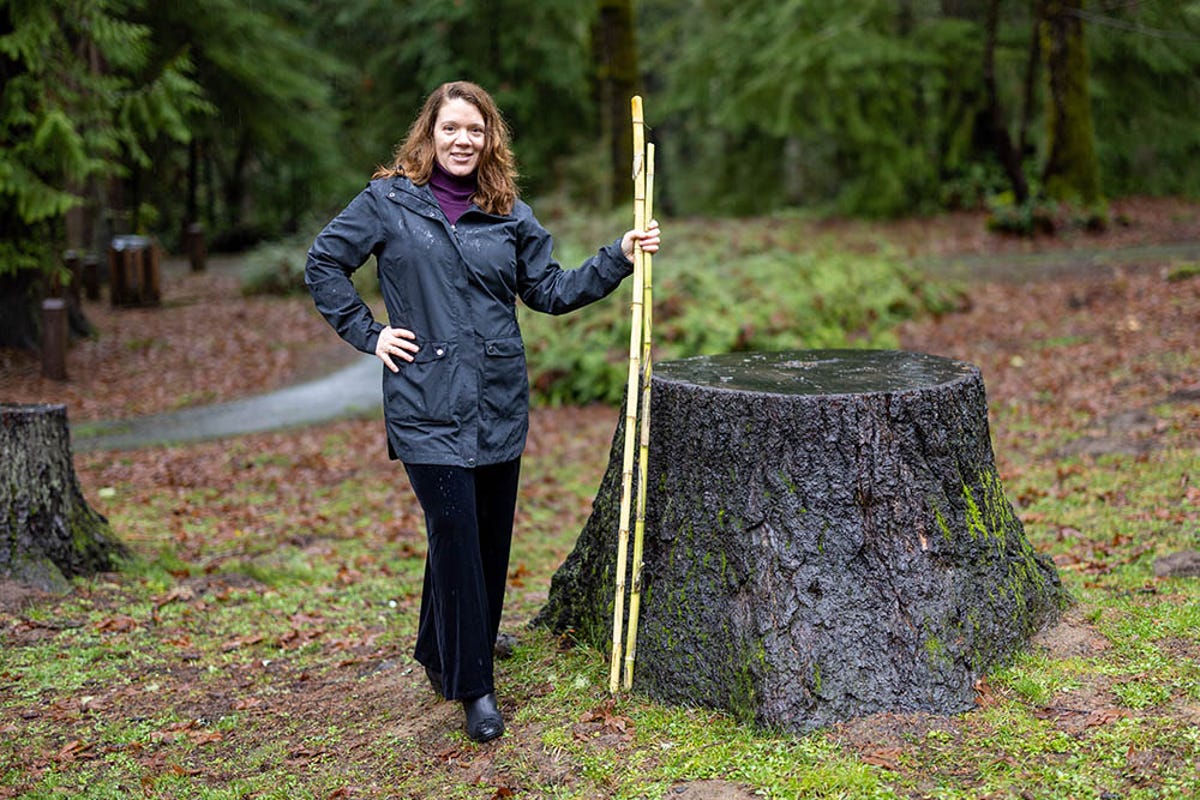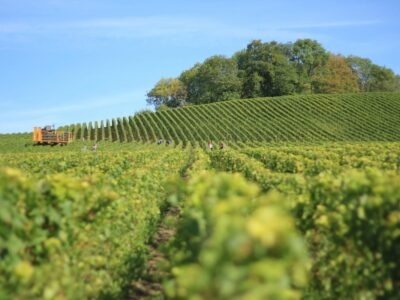Washington Entrepreneur Takes Home International Award for Sustainable, Plant-Based Products
An American business owner whose company specializes in sustainable, plant-based raw materials was recently named one of 11 female entrepreneurs from around the world to win a grant from the Cartier Women’s Initiative (CWI) program.
Wendy Owens, founder and owner of Hexas Biomass, received $100,000 for placing in the top 11, Forbes reported. The money will be used to fund her business, which produces low-cost, non-wood biomass designed to save trees from being cut down for commercial purposes. Owens was named the winner of the North America Award.
First-place grants, announced in May, also were awarded to women entrepreneurs from the following regions: Anglophone and Lusophone Africa, East Asia, Europe, Francophone Sub-Saharan Africa, Latin America, and the Caribbean, the Middle East and North Africa, Oceania, and South Asia and Central Asia.
In addition, the CWI recognized 11 second-place finalists who received $60,000 each and 10 third-place finalists who each received $30,000.
The Cartier Women’s Initiative is an annual international entrepreneurship program that “aims to drive change by empowering women impact entrepreneurs,” according to the CWI website. The program was founded by Cartier in 2006. It is open to women-run and women-owned businesses from any country and sector that aims to have a “strong and sustainable social and/or environmental impact.”

Photo Courtesy Cartier Women’s Initiative
Hexas Biomass, based in Olympia, Washington, was founded by Owens in 2020. The company produces “farm-to-fiber” plant-based materials that can replace wood, food crops, and fossil fuel-based raw materials with proprietary nature-based solutions.
Its mission is to “provide humanity with access to carbon-negative, soil-regenerating, and livelihood-sustaining nature-based raw materials.”
Hexas’ signature product is XanoGrass, a non-wood biomass used to create XanoFiber. XanoGrass has “broad corn leaves and a tall stalk,” Owens said in a CWI profile – “as if corn and bamboo had a baby.” It is designed to grow quickly like bamboo, with the ability to reach 40 feet in six months. The main difference is that XanoGrass is non-invasive, sterile, and “propagated from lab-grown tissue clones rather than seeds,” according to Hexas Biomass.
Plants can grow for 20 years, even when cut every year. They can also be produced without a big financial investment.

Photo Courtesy Cartier Women’s Initiative
“The problem most companies experience when trying to integrate sustainable materials into their products are cost related,” Owens said. “The raw material costs too much, and modifying their production systems to use it is too expensive. At Hexas, we sell raw materials that can cost less than wood and fossil fuel-based raw materials and that integrate directly into your current production system.”
Owens, a self-described nature lover since she was a kid, first got the idea for an alternative wood product in 2015 when she was introduced to wild grass species with “intriguing” characteristics.
“I thought this would be phenomenal to replace wood,” she said. “It has long fibers that could be used for structural and nonstructural applications. I got really excited about it. I couldn’t get it out of my head.”
Owens began developing XanoGrass in 2018 and founded Hexas Biomass two years later. The company provides its farmers with the technical expertise to help them produce XanoGrass.

Photo Courtesy Cartier Women’s Initiative
“XanoGrass is low impact in terms of its effect on the earth and carbon negative in terms of production,” Wendy said. “It sequesters a significant amount of carbon below the soil.”
As of May 2023, Hexas had planted about 25 acres for use in testing. A particle board pilot project was recently launched with a multinational home goods company. Other pilots are underway in pulp, biofuels, and energy pellets.
“More and more people recognize that we need not simply a net zero solution for climate change but a carbon negative solution,” Owens said. “Even if you pelletize and burn our fiber, we’re still carbon negative. That sets us apart dramatically and has a tremendous impact. We’re continuing to reverse what’s happening now in terms of climate change.”





